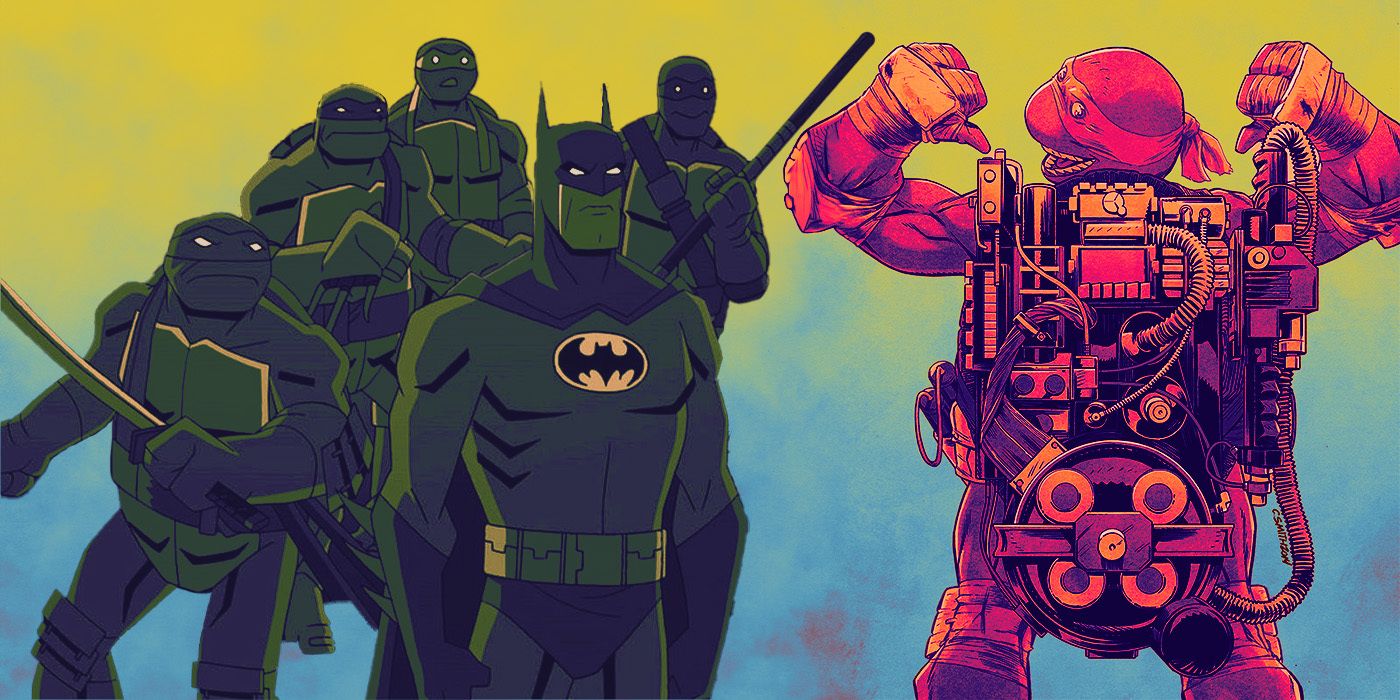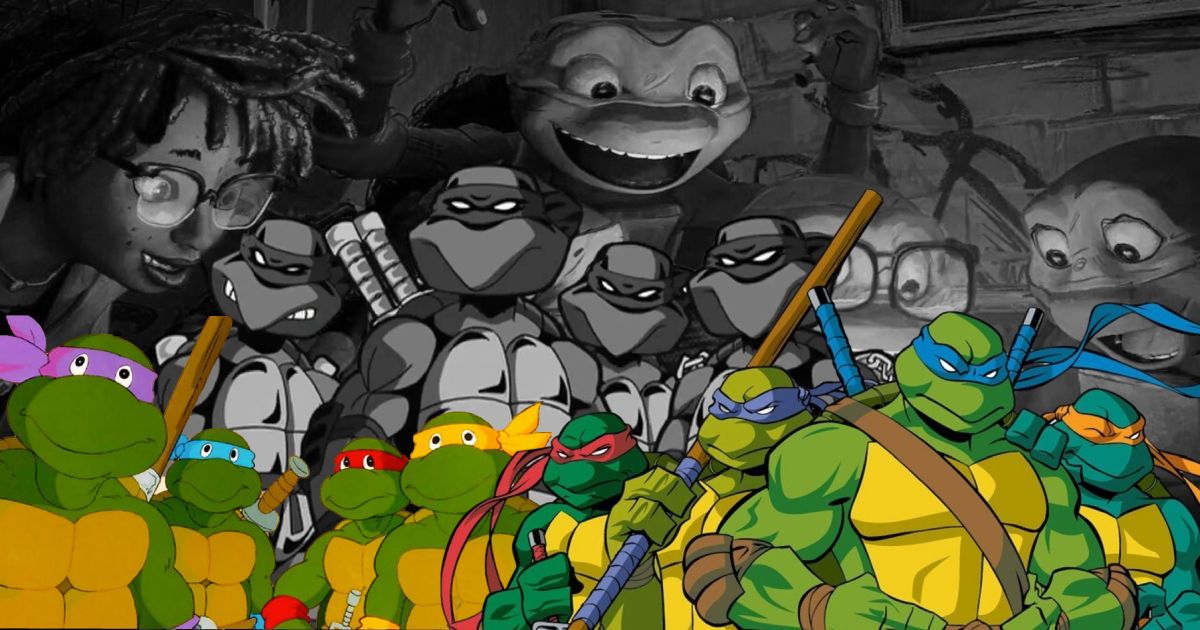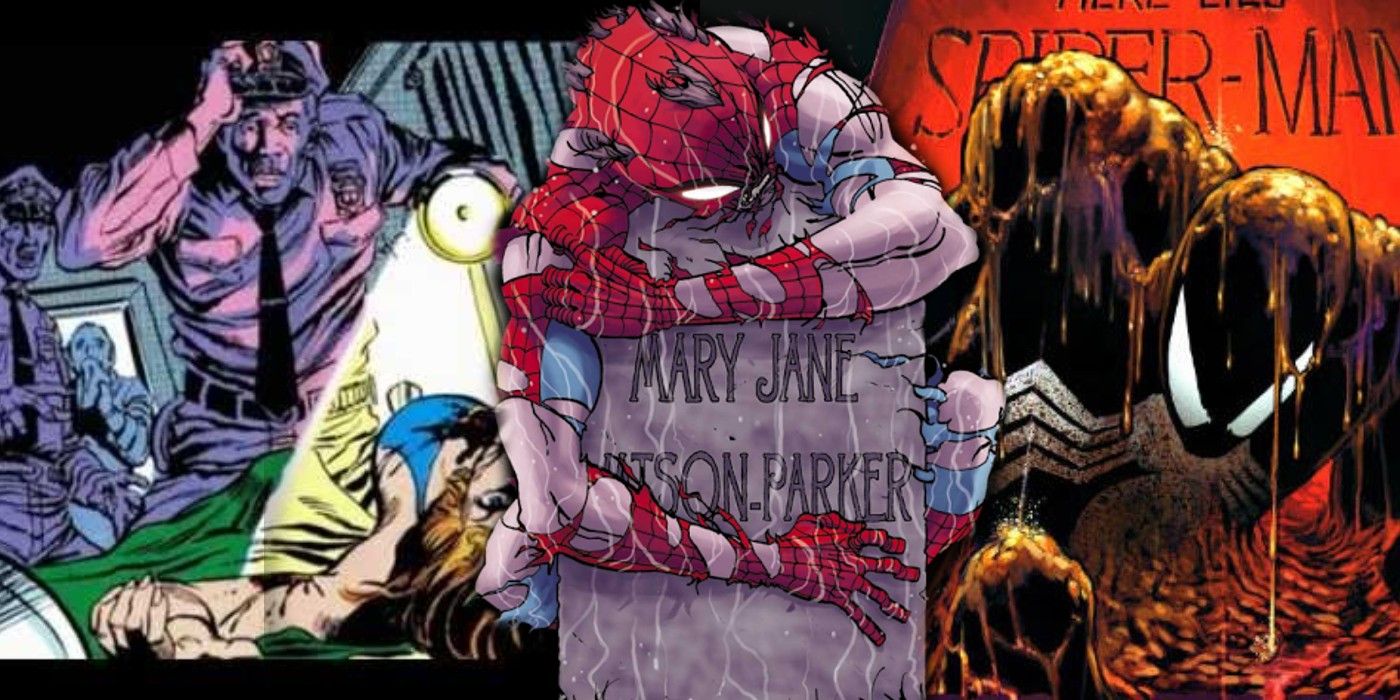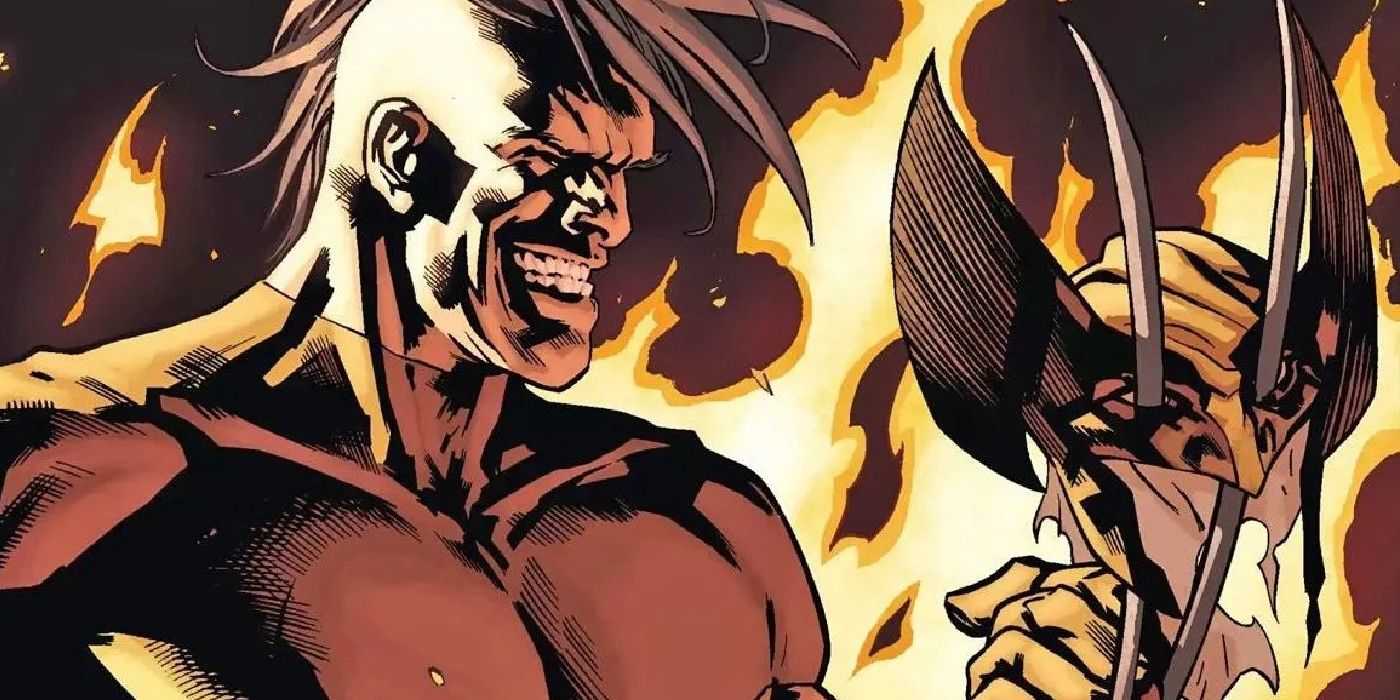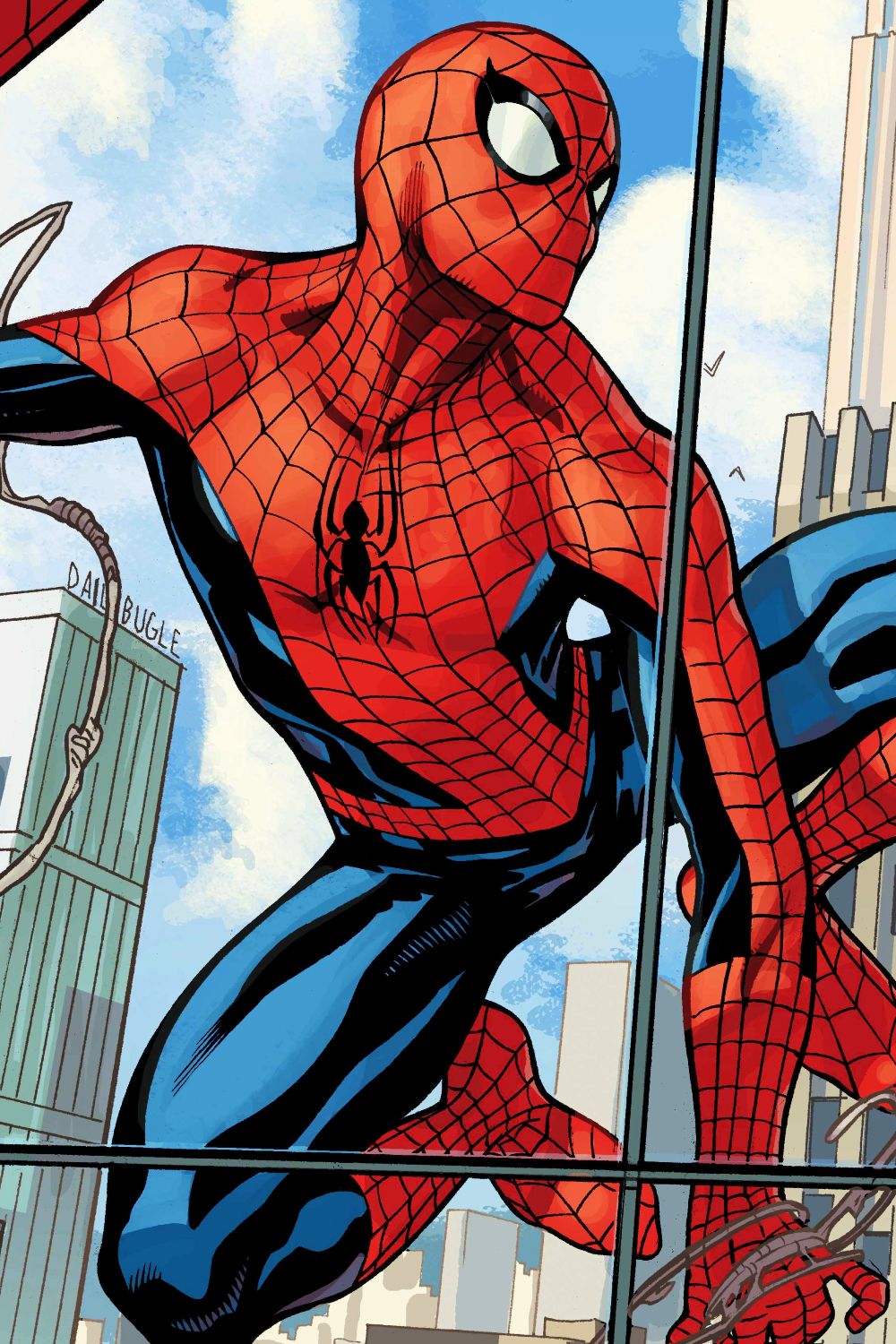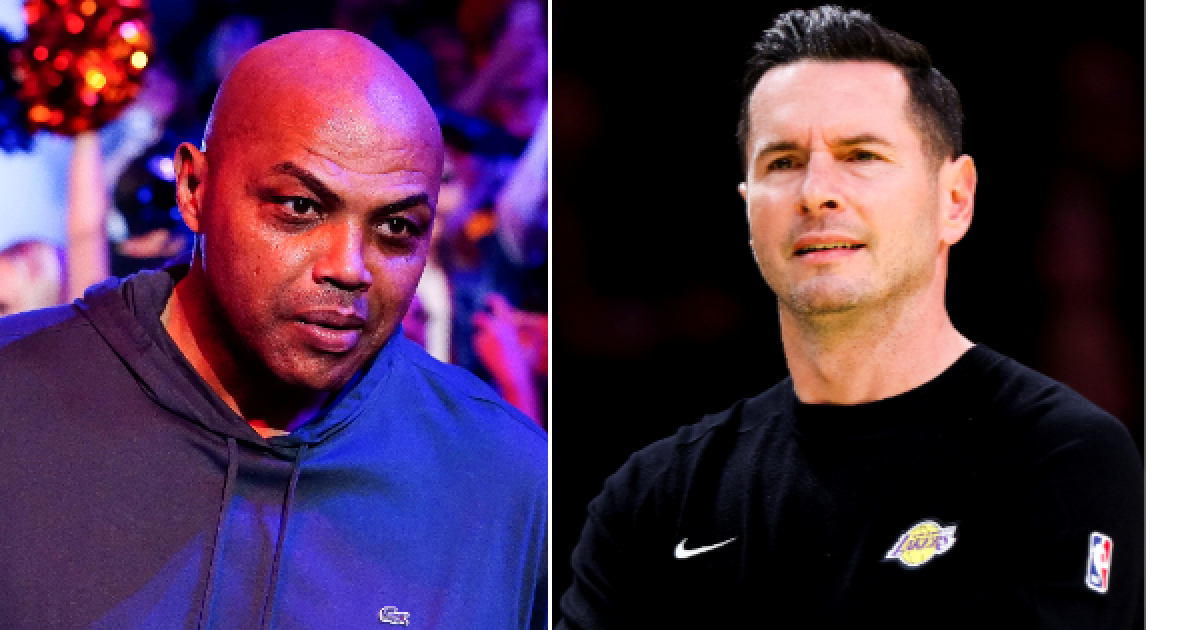The Intergovernmental Panel on Climate Change (IPCC) defines climate change as a long-term shift in average weather patterns on Earth, driven primarily by human activities such as burning fossil fuels, deforestation, and industrial processes. This seemingly gradual transformation has already left its mark on our planet—melting ice caps, rising sea levels, more frequent and intense hurricanes, and devastating droughts. The science is precise: the world is warming, and the consequences are accelerating.
The numbers behind climate change might appear small, but their implications are colossal. A rise of just 1.1°C above pre-industrial levels has unleashed widespread havoc, affecting ecosystems, economies, and human health. Yet, when discussions turn to limiting warming to 1.5°C, many people wonder: what difference does an additional 0.1°C make? After all, 0.1°C seems negligible, an imperceptible blip in the vast scale of planetary change.
The truth, however, is starkly different. Every fraction of a degree compounds the damage exponentially, pushing ecosystems toward tipping points, magnifying the intensity of natural disasters, and threatening the livelihoods of millions. The consequences of these small changes ripple through every corner of the globe, disproportionately impacting the most vulnerable populations.
This article explores why every 0.1°C matters. We will explore the scientific reasoning behind using temperature as a benchmark, dissect the impacts of surpassing the 1.5°C target, and illustrate the devastating chain reactions each incremental increase could unleash. By the end, we hope to convey the urgency of the climate crisis and the power of collective action in shaping a more sustainable future.
Why Temperature Is a Powerful Barometer for Measuring Climate Impact?
When understanding climate change, global temperature rise has become the universal metric for measuring its severity. While there are many ways to assess environmental shifts—such as sea level rise, carbon dioxide concentrations, or biodiversity loss—temperature is a unifying and straightforward indicator that encapsulates the complex dynamics of Earth’s climate system. But why is the temperature the go-to barometer, and why does every fraction of a degree hold so much significance?
1. Temperature Reflects the Earth’s Energy Balance
The Earth’s climate operates on an intricate energy balance. Solar radiation enters the atmosphere, and the Earth’s surface absorbs some of it, while the rest is reflected into space. Greenhouse gases, such as carbon dioxide and methane, trap some of this outgoing heat, creating a warming effect.
The global temperature reflects the net result of this balance. Even a slight increase, like 0.1°C, represents a significant additional energy load in the Earth’s system. To put this into perspective, scientists estimate that each 0.1°C rise translates to an enormous amount of trapped heat—roughly equivalent to the energy of hundreds of millions of atomic bombs released across the planet annually.

2. Temperature Links Directly to Climate Phenomena
Temperature rise is not just a number; it triggers cascading effects in the natural world. For example:
• Warmer Oceans: Oceans absorb over 90% of the excess heat caused by greenhouse gases. Warmer waters lead to stronger hurricanes, coral bleaching, and disrupted marine ecosystems.
• Melting Ice: A slight temperature increase accelerates the melting of polar ice caps and glaciers, contributing to sea level rise and the loss of critical habitats for species like polar bears and seals.
• Drier and Wetter Extremes: Higher temperatures intensify the water cycle, leading to more severe droughts in some regions and heavier rainfall and flooding in others.
By tracking temperature, scientists can predict the likelihood and severity of these events with greater precision, helping policymakers plan responses.
3. A Universal Metric for Policymakers and the Public
Global temperature targets, such as the 1.5°C limit set by the Paris Agreement, provide a clear, tangible goal for governments, industries, and individuals. Unlike abstract measurements of greenhouse gas concentrations or tipping points, people can easily grasp and relate to temperature.
Moreover, temperature data is globally consistent. Whether measured in New York, Nairobi, or New Delhi, the impact of rising temperatures transcends borders, making it a universal language for climate action.
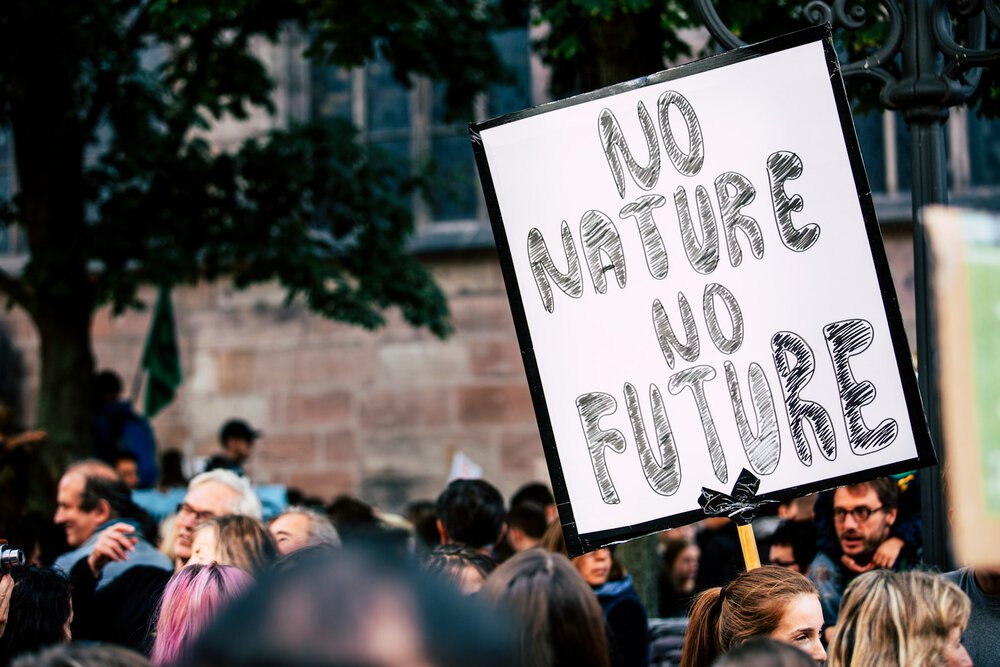
4. Feedback Loops Magnify the Impact
One of the reasons temperature is such a critical measure is its role in triggering feedback loops—self-reinforcing processes that accelerate warming. For instance:
• Melting Ice-Albedo Effect: As the ice melts, reflective surfaces are replaced by darker water or land, which absorbs more heat, further raising temperatures.
• Permafrost Thawing: Rising temperatures thaw frozen ground, releasing methane—a potent greenhouse gas—into the atmosphere, intensifying warming.
• Forest Dieback: Higher temperatures stress ecosystems like the Amazon rainforest, turning carbon sinks into carbon sources as trees die and release stored CO₂.
These feedback loops explain why even small increases in temperature matter. Once certain thresholds are crossed, the damage becomes irreversible.
5. Practical Examples of Temperature-Driven Impacts
Temperature also serves as a practical measure to evaluate the real-world impacts of climate change. Consider the following examples:
• At 1°C of warming, we’ve already seen record-breaking wildfires, such as those in California, Australia, and the Amazon, destroying ecosystems and homes.
• A 0.5°C rise from 1.0°C to 1.5°C increases the likelihood of extreme weather events by at least 50%.
• Economic losses: The World Bank estimates that global GDP drops by 7–10% for each degree of warming, disproportionately affecting vulnerable nations.
By framing climate change through the temperature lens, we simplify a complex issue and highlight its urgency. It’s not just about numbers; it’s about the foundation of life on Earth.
The 1.5°C Target – What Will Already Change?

The goal of limiting global warming to 1.5°C above pre-industrial levels is not arbitrary—it represents a crucial threshold where the impacts of climate change, though significant, are still manageable. However, the world will experience profound changes even if this target is achieved. The difference between 1.5°C and higher levels of warming lies in the scale, intensity, and frequency of climate impacts. Let’s explore what a 1.5°C world will look like and how it will affect ecosystems, economies, and communities.
1. More Frequent and Intense Heatwaves
At 1.5°C of warming, heatwaves will become more severe and frequent, particularly in regions already accustomed to high temperatures. For example:
• Urban Heat Islands: Cities like Delhi, Cairo, and Phoenix will face increased risks of heat-related illnesses as the concrete infrastructure traps more heat.
• Agriculture: Crops such as wheat, maize, and rice are sensitive to heat stress. Reduced yields threaten food security, especially in Sub-Saharan Africa and South Asia.
• Human Health: Extreme heat could lead to an estimated 30% increase in heat-related deaths annually, particularly affecting the elderly and those with pre-existing conditions.
2. Rising Sea Levels and Coastal Impacts
At 1.5°C, sea levels are projected to rise by about 0.26 to 0.77 meters by the end of the century, putting millions at risk:
• Low-Lying Nations: Island nations like the Maldives and Tuvalu face existential threats as rising seas swallow their land and freshwater supplies.
• Major Cities: Coastal cities like Miami, Jakarta, and Dhaka are already investing billions in flood defences, but these efforts might not be enough.
• Displacement: Estimates suggest that over 100 million people could become climate refugees due to sea level rise and coastal flooding.
3. Biodiversity Loss
One of the most heartbreaking consequences of a 1.5°C world is biodiversity loss. Species are adapted to specific temperature ranges; even minor changes can disrupt ecosystems.
• Coral Reefs: At 1.5°C, we expect to lose 70–90% of coral reefs globally. These ecosystems are biodiversity hotspots and crucial for coastal protection and the livelihoods of millions.
• Species Extinction: Polar bears, Arctic foxes, and other species dependent on ice habitats are at severe risk.
• Ecosystem Services: The loss of forests and wetlands will reduce the Earth’s ability to absorb carbon dioxide, exacerbating warming.
4. Extreme Weather Events
A 1.5°C rise in temperature will increase the frequency and intensity of extreme weather events.
• Hurricanes and Typhoons: Warmer oceans will fuel stronger storms, devastating communities in the Caribbean, Southeast Asia, and the Gulf of Mexico.
• Flooding: Heavy rainfall events will become more frequent, as seen in recent floods in Pakistan and Germany.
• Droughts and Wildfires: Prolonged droughts will lead to water scarcity and wildfires, as observed in California and Australia.
5. Economic and Social Costs
The economic toll of climate impacts at 1.5°C will be massive:
• Agriculture: Global crop yields could decline by 6–10%, increasing food prices and increasing hunger.
• Insurance: Rising claims from floods, fires, and storms could make insurance unaffordable or unavailable in high-risk areas.
• Inequality: Vulnerable communities in developing nations will bear the brunt of the impacts, exacerbating global inequality.
6. Health and Well-Being
Climate change at 1.5°C will affect human health in numerous ways:
• Disease Spread: Warmer temperatures expand the range of diseases like malaria and dengue fever.
• Mental Health: The psychological toll of displacement, disasters, and economic insecurity will grow.
• Access to Resources: Water shortages will affect billions, particularly in arid regions.
7. Hope Within the Challenge
Despite these daunting realities, staying at 1.5°C represents a line of defence against even greater catastrophes. Achieving this target will require unprecedented global cooperation and innovation:
• Renewable Energy: Rapid adoption of wind, solar, and other clean technologies can reduce emissions significantly.
• Reforestation: Protecting and expanding forests can enhance carbon sequestration.
• Adaptation: Communities are already developing innovative ways to adapt, such as flood-resistant crops and resilient urban planning.
Limiting warming to 1.5°C is not about avoiding all impacts but minimizing the devastation. Each fraction of a degree matters, and hitting this target represents our best chance at preserving a livable planet for future generations.

Each Additional 0.5°C From 1.5°C to 3°C – The Rising Toll
As global warming progresses beyond the 1.5°C threshold, the impacts intensify exponentially, reshaping ecosystems, economies, and human lives. Each additional 0.5°C of warming—seemingly minor on paper—brings profound consequences, pushing the planet closer to catastrophic tipping points. Here’s what a world at 2°C, 2.5°C, and 3°C of warming could look like.
1. From 1.5°C to 2°C – The First Threshold of Unmanageable Risks
At 2°C of warming, the line between manageable and unmanageable risks begins to blur.
Key Impacts:
• Heatwaves and Human Health:
• Heatwaves that are currently “once in 50 years” events will occur at least every 5 years, affecting billions.
• Regions like South Asia and the Middle East will experience lethal wet-bulb temperatures (where heat and humidity combined exceed the body’s ability to cool itself) for weeks annually.
• Heat-related deaths could increase by over 150,000 annually compared to the 1.5°C world.
• Ecosystem Collapse:
• Up to 99% of coral reefs will be lost, devastating marine biodiversity and the livelihoods of millions dependent on fisheries and tourism.
• Forest diebacks, such as in the Amazon, could release massive amounts of carbon, amplifying warming.
• Agriculture and Food Security:
• Global staple crop yields could decline by 15–20%, worsening hunger and food insecurity for hundreds of millions, particularly in vulnerable regions like Sub-Saharan Africa.
• Extreme Weather:
• Category 4 and 5 hurricanes will become more frequent and destructive, causing trillions of dollars in damage annually.
• Rising seas and intensified storms could displace an additional 200 million people.
2. From 2°C to 2.5°C – Crossing Dangerous Tipping Points
At 2.5°C of warming, irreversible tipping points will likely be crossed, accelerating global destabilization.
Key Impacts:
• Sea Level Rise:
• Sea levels will rise by up to 1 meter by 2100, flooding major cities like Jakarta, Lagos, and Miami.
• Entire nations, including Kiribati and the Marshall Islands, could be submerged, displacing their populations.
• Global Refugee Crisis:
• Over 300 million people could be displaced due to sea level rise, extreme weather, and water scarcity.
• Mass migrations will strain resources and increase geopolitical tensions globally.
• Ecosystem Loss:
• Arctic sea ice will disappear during the summer, disrupting global weather patterns and accelerating warming.
• Entire ecosystems, from tundra to tropical rainforests, will vanish, taking with them countless species.
• Public Health Risks:
• Vector-borne diseases like malaria and dengue will spread to new regions, endangering billions.
• Chronic water shortages will affect an estimated 4 billion people, with cascading effects on sanitation and health.

3. From 2.5°C to 3°C – A World of Chaos
At 3°C, Earth will become unrecognizable, with catastrophic impacts affecting every aspect of life.
Key Impacts:
• Heatwaves and Uninhabitable Regions:
• Large parts of the tropics and subtropics will become uninhabitable due to extreme heat, driving billions from their homes.
• Heatwaves in southern Europe and the American Southwest will last for months, with temperatures exceeding 50°C.
• Global Food System Collapse:
• Widespread droughts and changing rainfall patterns will devastate agriculture, leading to a 30–50% drop in global crop yields.
• Food prices will soar, pushing hundreds of millions into poverty and hunger.
• Conflict and Instability:
• Competition for resources like water, arable land, and safe living areas will drive wars and civil unrest.
• Governments and economies will struggle to cope with mass migrations and resource scarcity.
• Ecosystem and Biodiversity Loss:
• Over 50% of all species on Earth could face extinction.
• Oceans will become increasingly acidic and oxygen-deprived, disrupting marine life and threatening global fisheries.
• Economic Devastation:
• Global GDP could shrink by 25% or more, with poorer nations suffering disproportionately.
• Insurance systems will collapse under the strain of repeated natural disasters.
The Human Toll
Each 0.5°C increment dramatically increases human suffering. Studies suggest that for every 0.5°C of warming beyond 1.5°C:
• An additional 1.5–2 billion people will face water scarcity.
• Heatwaves and extreme weather could cause thousands of additional deaths annually.
• Millions more will be displaced, creating cascading economic and social challenges.
The Tipping Points We Risk
At higher levels of warming, tipping points such as the collapse of the Greenland and Antarctic ice sheets, the shutdown of major ocean currents, and the release of methane from permafrost become increasingly likely. These tipping points would lock the planet into further warming, even if emissions were drastically reduced.
Why We Must Act Now
The difference between 1.5°C and 3°C is not just a matter of degree—it is the difference between a livable planet and a world of chaos. Every fraction of a degree, we can prevent issues for vulnerable communities and everyone. The consequences of inaction will be felt across every country, class, and ecosystem.
By understanding the catastrophic toll of incremental warming, we can galvanize the urgent action needed to keep warming as close to 1.5°C as possible. Every decision we make today determines the world we live in tomorrow.
The World by 2030: What’s Ahead?
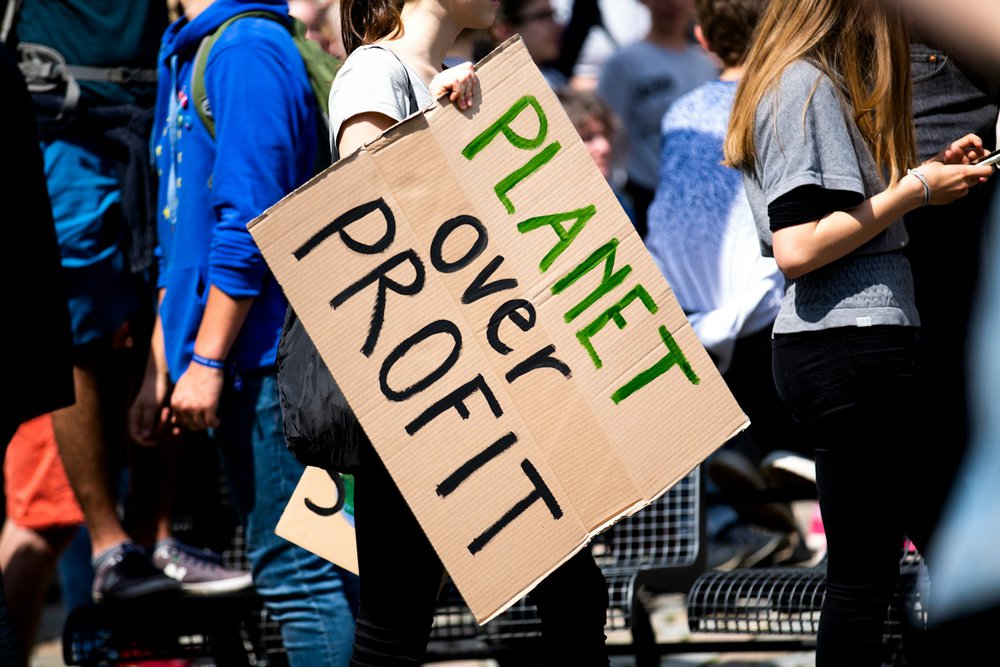
By 2030, the effects of climate change will be deeply entrenched in our everyday lives. If global warming continues at its current pace, the world will cross the 1.5°C threshold within this decade. While this may seem like a minor increase in temperature, its implications will ripple through ecosystems, economies, and societies, reshaping the world as we know it. 2030 is not a distant milestone but an imminent reality, and it’s crucial to understand how our lives will be affected.
1. Extreme Weather Becomes the Norm
Extreme weather events will no longer be “once-in-a-lifetime” occurrences but regular features of life:
• Heatwaves: Scorching heatwaves will impact cities worldwide, making summers deadly, particularly in tropical and subtropical regions. Urban centres like Delhi, Riyadh, and Phoenix may face sustained periods of unlivable heat.
• Flooding and Storms: Coastal areas will endure more frequent and devastating storms, with cities like New York, Miami, and Manila investing heavily in costly flood defences. However, even these measures may prove insufficient against rising seas and storm surges.
• Droughts: Drier regions such as the Sahel, southern Europe, and parts of Australia will experience prolonged droughts, threatening water supplies and agriculture.
2. Food and Water Security at Risk
Global warming will strain the planet’s ability to produce enough food and provide clean water:
• Crop Yields Decline: Staple crops such as wheat, maize, and rice will significantly reduce yield due to heat stress, pests, and shifting rainfall patterns. Food prices will spike, affecting everyone but hitting the poorest communities the hardest.
• Water Scarcity: Nearly half the world’s population will face severe water shortages. Rivers like the Colorado, Nile, and Ganges may run dry during critical times of the year, affecting agriculture and drinking water supplies.
• Fisheries Collapse: Warmer and more acidic oceans will disrupt marine ecosystems, jeopardizing the livelihoods of millions who depend on fishing.
3. Rising Seas and Displacement
Sea levels are expected to rise significantly by 2030, with low-lying areas bearing the brunt:
• Cities Underwater: Coastal metropolises such as Jakarta, Bangkok, and Lagos will face chronic flooding. Some may become uninhabitable, forcing mass evacuations.
• Island Nations Disappear: Small island nations, including the Maldives and Tuvalu, will be submerged, creating climate refugees who have lost not only their homes but also their national identities.
• Mass Migration: Climate-related displacement could affect over 100 million people, leading to resource competition and tensions in host regions.
4. Public Health Crises
The health impacts of climate change will escalate dramatically by 2030:
• Heat-Related Deaths: Heatwaves will claim tens of thousands of lives annually, especially in regions lacking adequate cooling infrastructure.
• Spread of Diseases: Warmer temperatures will expand the range of vector-borne diseases like malaria and dengue fever, exposing billions to new health risks.
• Mental Health: The psychological toll of displacement, disaster recovery, and uncertain futures will contribute to widespread mental health challenges.
5. Social and Economic Inequities Deepen
The impacts of climate change will exacerbate global inequalities:
• Vulnerable Communities Suffer Most: Developing nations, particularly in Africa, South Asia, and small island states, will bear the brunt of climate impacts despite contributing the least to global emissions.
• Economic Costs Soar: The World Bank estimates that climate-related damages could cost the global economy trillions annually, pushing millions into poverty.
• Geopolitical Tensions: Resource scarcity and mass migration will strain international relations, potentially sparking conflicts over water, arable land, and safe living spaces.
6. The Everyday Experience of Climate Change
Climate change will touch every aspect of life, even for those in wealthier nations:
• Insurance Costs Skyrocket: Home insurance may become unaffordable in disaster-prone areas, leaving families financially exposed to hurricanes, wildfires, and floods.
• Lifestyle Adjustments: People will increasingly adapt to climate realities, such as shifting agricultural practices, modifying building designs, and relocating to safer areas.
• Disrupted Supply Chains: Extreme weather will affect global trade and production, leading to shortages of goods and higher prices for essentials.
7. A Glimpse of Hope Amidst Crisis
While the world in 2030 may seem daunting, it’s not without hope:
• Technological Innovations: Advances in renewable energy, carbon capture, and climate-resilient infrastructure can mitigate some impacts if adopted widely and rapidly.
• Grassroots Movements: Citizen-led climate initiatives and youth activism will continue to pressure governments and industries for bold climate action.
• Global Cooperation: As the urgency of the crisis becomes undeniable, stronger international agreements and commitments may emerge in the coming years.
By 2030, no one will be immune to the effects of climate change. Our choices today—individually and collectively—will determine how severe those impacts will be. The world may be on the brink of crisis, but creating a livable and equitable future is still possible with concerted effort, innovation, and cooperation.
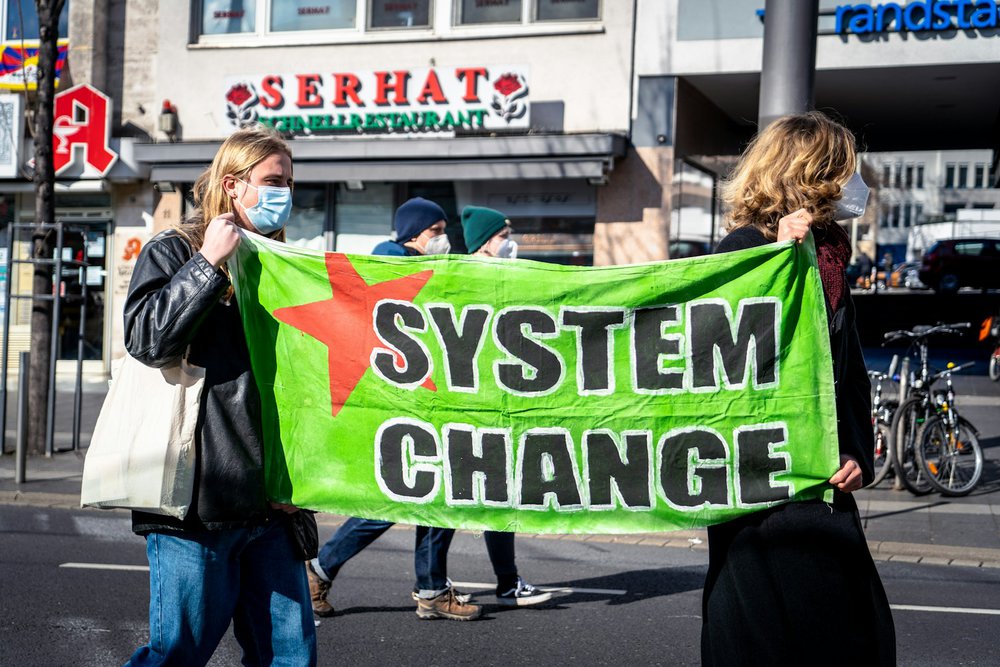
What Should We Stop and Start Right Away?
As the climate crisis accelerates, the time for incremental change has passed. To secure a livable future, humanity must make bold and immediate shifts in how we live, work, and consume. This section explores two critical actions we must stop and two that we must start immediately, providing tangible examples of why these changes are essential.
What We Must Stop Right Away
1. Stop Expanding Fossil Fuel Infrastructure
Fossil fuels—coal, oil, and gas—are the primary drivers of global warming, contributing over 75% of greenhouse gas emissions. Despite clear evidence of their harmful effects, investments in new fossil fuel projects continue.
• Why Stop?
• Every new oil rig, coal mine, or gas pipeline locks in decades of carbon emissions, pushing us closer to catastrophic warming.
• Existing fossil fuel infrastructure alone will exceed the carbon budget needed to limit warming to 1.5°C.
• Renewable energy alternatives like wind and solar are now more cost-effective than fossil fuels, making the continued expansion of this sector both environmentally and economically unjustifiable.
• The Path Forward:
• Redirect subsidies from fossil fuels to renewable energy.
• Commit to no new fossil fuel projects and phase out existing ones with just transition plans for workers.
2. Stop Deforestation
Deforestation for agriculture, logging, and urban development destroys critical carbon sinks and accelerates biodiversity loss. The Amazon rainforest, often called the “lungs of the planet,” is approaching a tipping point where it may become a net carbon emitter.
• Why Stop?
• Forests absorb 30% of global carbon dioxide emissions annually, acting as natural climate regulators.
• Deforestation contributes roughly 10% of global emissions, equivalent to the total emissions of the European Union.
• Losing forests worsens climate change and threatens water cycles, agriculture, and the livelihoods of millions.
• The Path Forward:
• Enforce stricter laws to prevent illegal logging and land clearing.
• Support reforestation and agroforestry initiatives to restore degraded lands.
• Shift consumption away from products linked to deforestation, such as beef, soy, and palm oil.
What We Must Start Right Away
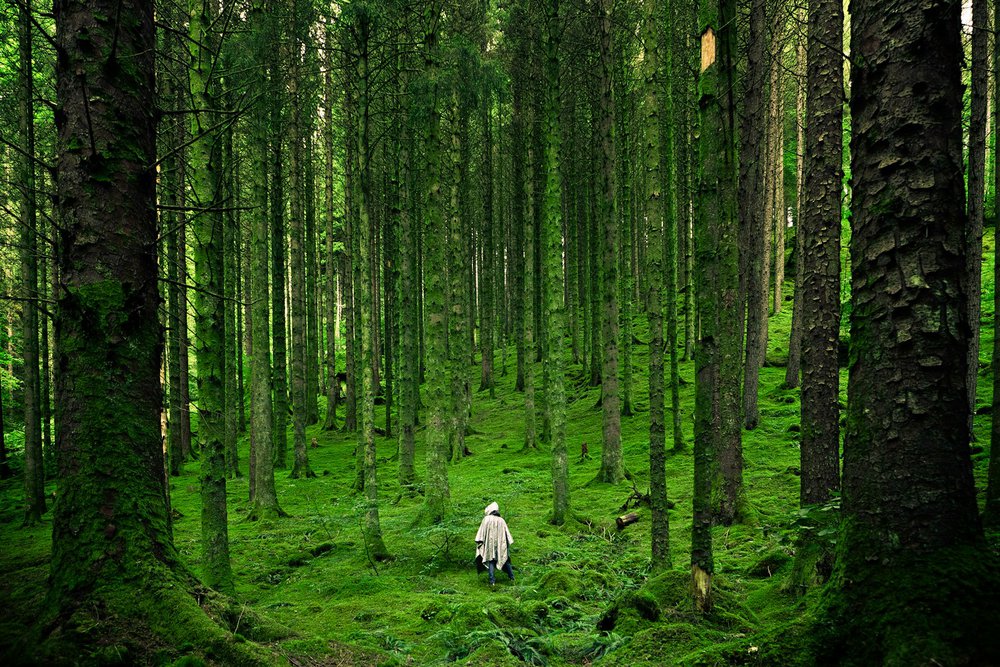
1. Rapidly Scale Renewable Energy Adoption
Transitioning from fossil fuels to renewable energy is the cornerstone of climate action. Technologies like solar, wind, and geothermal are proven, scalable, and essential for decarbonizing electricity production.
• Why Start?
• Renewable energy is now the cheapest source of new power generation in many regions, offering economic and environmental benefits.
• Decarbonizing energy systems can reduce global emissions by over 70%.
• Expanding renewables creates millions of jobs in installation, maintenance, and manufacturing, offering economic resilience.
• The Path Forward:
• Invest in large-scale renewable projects and decentralize energy systems to empower local communities.
• Electrify transportation, industry, and heating to leverage clean electricity.
• Promote energy storage technologies and grid upgrades to stabilize renewable energy supplies.
2. Revolutionize Consumption Habits
Consumer behavior plays a pivotal role in climate outcomes. Shifting to sustainable consumption patterns can significantly reduce emissions and resource use.
• Why Start?
• The global food system accounts for nearly 30% of greenhouse gas emissions, with meat and dairy production being the biggest contributors. Reducing meat consumption and opting for plant-based diets can lower emissions drastically.
• The linear “take-make-dispose” economy generates enormous waste and emissions. Transitioning to a circular economy—where products are reused, repaired, and recycled—can reduce waste and conserve resources.
• The Path Forward:
• Embrace plant-based diets, reduce food waste, and support local, seasonal produce.
• Opt for durable goods over disposable ones and repair rather than replace items.
• Advocate for businesses to adopt sustainable practices, from eco-friendly packaging to responsible supply chains.
Why These Actions Matter
The climate crisis demands immediate, systemic changes. Stopping harmful practices like fossil fuel expansion and deforestation will prevent further damage while starting transformative shifts in renewable energy and consumption will set us on a sustainable path.
These actions are not abstract goals but practical, achievable steps we can influence. Governments and industries must lead the charge, but individual choices are crucial in driving demand for sustainable solutions. Together, we can slow warming, protect ecosystems, and ensure a livable future.
By committing to these changes, we are not just mitigating climate impacts but building a healthier, more equitable world for generations to come. The time to act is now.
To conclude,
The story of climate change is urgent, but it is not one without hope. While science paints a stark picture of what lies ahead if we fail to act, it also reminds us of our power to shape a better future. Every fraction of a degree we prevent matters. Every decision—choosing cleaner energy, protecting forests, or consuming more sustainably—brings us closer to preserving a livable planet.
Humanity has faced immense challenges, and our capacity for innovation, resilience, and collaboration has seen us through. The same spirit can drive us now. Around the world, individuals, communities, and nations are stepping up, demonstrating that change is possible. From the rapid growth of renewable energy to youth-led climate movements that inspire millions, we see the seeds of transformation taking root.
Yes, the task is monumental. But it is not insurmountable. The choices we make today determine the world we pass on to future generations. By acting boldly and collectively, we can turn the tide, protect the planet, and create a future defined not by despair but by possibility.
Climate change is a shared challenge, but it is also an opportunity to rethink how we live, innovate for the better, and ensure that progress benefits all. Together, we can rise to meet this moment, not as passive observers but as active architects of a more sustainable world. The time to act is not tomorrow or someday—it’s now. The planet needs you; the power to make a difference is yours. Let’s seize this moment and shape a future we can be proud of.
José Amorim
The author sourced the information for luxuryactivist.com. All content is copyrighted, and reproduction rights are not available. Images are for illustration purposes only.
This story originally appeared on Luxuryactivist



